by Griffn Cooper
Volatility is Your Friend; Noise vs Signal; Overreaction (or more Panic?); Patience Pays
When you talk to day traders, one thing that might surprise you is how fondly they speak of volatility.
“Wait, isn’t volatility bad? Doesn’t that mean my stock is going down?”
Volatility is actually one of the trader’s best friends, because it’s a clear measure that a financial instrument is moving. And isn’t that what we want? To find things that are moving, so we can sell much higher than we bought or vice versa? If a stock isn’t moving, if it doesn’t have volatility, this can be a frustrating endeavor. By finding stocks and ETFs that have a high volatility, what we call ‘finding the mover’, we’re able to be ready for a larger move that we can capitalize on with our trading techniques and proper risk management.
The question then becomes, ‘How do I find the mover?’ We have many different ways to find symbols that are moving or poised to move more than normal. We teach all of them in our Applied Systems Development Course that shows specific applications of techniques adapted from the trading style of master trader Ken Long. We use scans, over 6 different mechanical swing system signals, and descriptive statistics just to name a few. But for this article I’d like to focus on what I currently use to find the mover intraday. It’s a ‘down and dirty’ way to find symbols that are moving around a lot so that we know someone is pushing this thing and it’s getting some attention.
We do this by using the 10 period Regression Line indicator. The 10-period regression line, or RL10, is a great way to filter out the noise of wicks on price bars. Looking at the RL10, price becomes a line where you can easily see the up and down movements and oscillations much clearer. When price makes a move down the RL10 will curl down. As price continues down it will trigger more fear and panic as it ‘sells off’. The herd is now panicked and the farther down price goes the bigger the move we see on the chart.
We use a predefined standard risk size for each symbol that’s called the minimum manageable risk box, or MMRB. The definition and values of the MMRB are beyond the scope of this article, but what’s important is that the MMRB is a measurement of what is noise versus signal. If the price moves more than one MMRB is any direction we consider that a non-noise move. It’s gone from distortion and trading algorithms playing with each other to real people moving the price. That’s what we want.
When we see the RL10 go a distance of 3 MMRBs from its last swing high, now we know we truly have something that is moving and in a critical state. It’s moved down a lot, and we can make a hypothesis that someone has panicked and it was an overreaction. That means we can be ready for a countertrend move back to where it started to fail. Or it’s simply a pause to catch its breath before more pain and suffering and we can be ready for another leg down of the same magnitude.
What we now have is a low-risk idea in either direction! If price bounces back because it was an overreaction then we have at least a 2:1 reward to risk idea to the upside. If price continues its selling we can use the size of the first move, at least 3 MMRBs, and project that to the downside. This gives us at least a 2:1 reward to risk to the downside.
We now can just wait and see what price does. We’re ready with our SSC, CD or Kata2 patterns to trade this setup, this ‘mover’, in either direction. In fact, the most surprising thing would be after such a large sell off, for it to just go sideways. That’s the most unlikely outcome.
This technique is simple but effective (my two favorite qualities for trading) because by waiting for that large down move we know that the symbol has just created a large enough trading channel that we can find a low-risk idea. How many times have we been trading in a sideways chop just to look back after the fact and say “why was I trading in that?! It wasn’t moving at all, it was totally sideways!”
By practicing the patience and discipline of waiting for that harsh move down, we build skills in discipline as well as what it feels like to ‘stalk’ a symbol. Using a primal metaphor, it’s like the cheetah (who knows he’s the fastest) still stalking for the slower or wounded animal to put the odds even more in his favor.
So let’s “Find the Mover”! Happy Trading!

